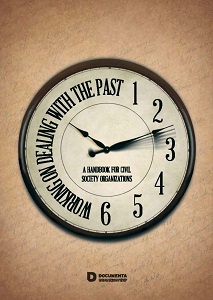Author(s): Nikola Mokrović / Language(s): English
Publication Year: 0
Documenting is a kind of relationship towards all documents or, in a wider sense, towards all artefacts created as a result of human action. Today there are three recognizable types of institutions which work on preserving memory: archives, libraries and museums. Although the principal difference in types of objects that these three institutions possess is clear and well-defined, what connects them is inheriting and preserving values which were created through human action. As such, these institutions are institutions of memory, as much as they are institutions of documenting. Documenting is mediation of human action, of each individual human act and its trace which connects it, in a meaningful way, with other acts. Acts and their traces are in a constant interplay of connecting, interpretation, change of shapes and media which constitute the overall record of human action. Although acting necessarily produces documented consequences, here we are particularly interested in its specific form as a conscious and subsequent, re-constructive establishment of previous practices and past actions, as well as in reconstruction of past documenting in the sphere of civil society and human rights protection. However, subsequent reconstruction does not only constitute a new order of documents or enable an overview with the aim of remembering or working with finished and established facts. It includes, from the starting motivation, through entire process to the end product, confirmation, realization and enrichment of certain values, which gain new meaning in new circumstances.
More...














